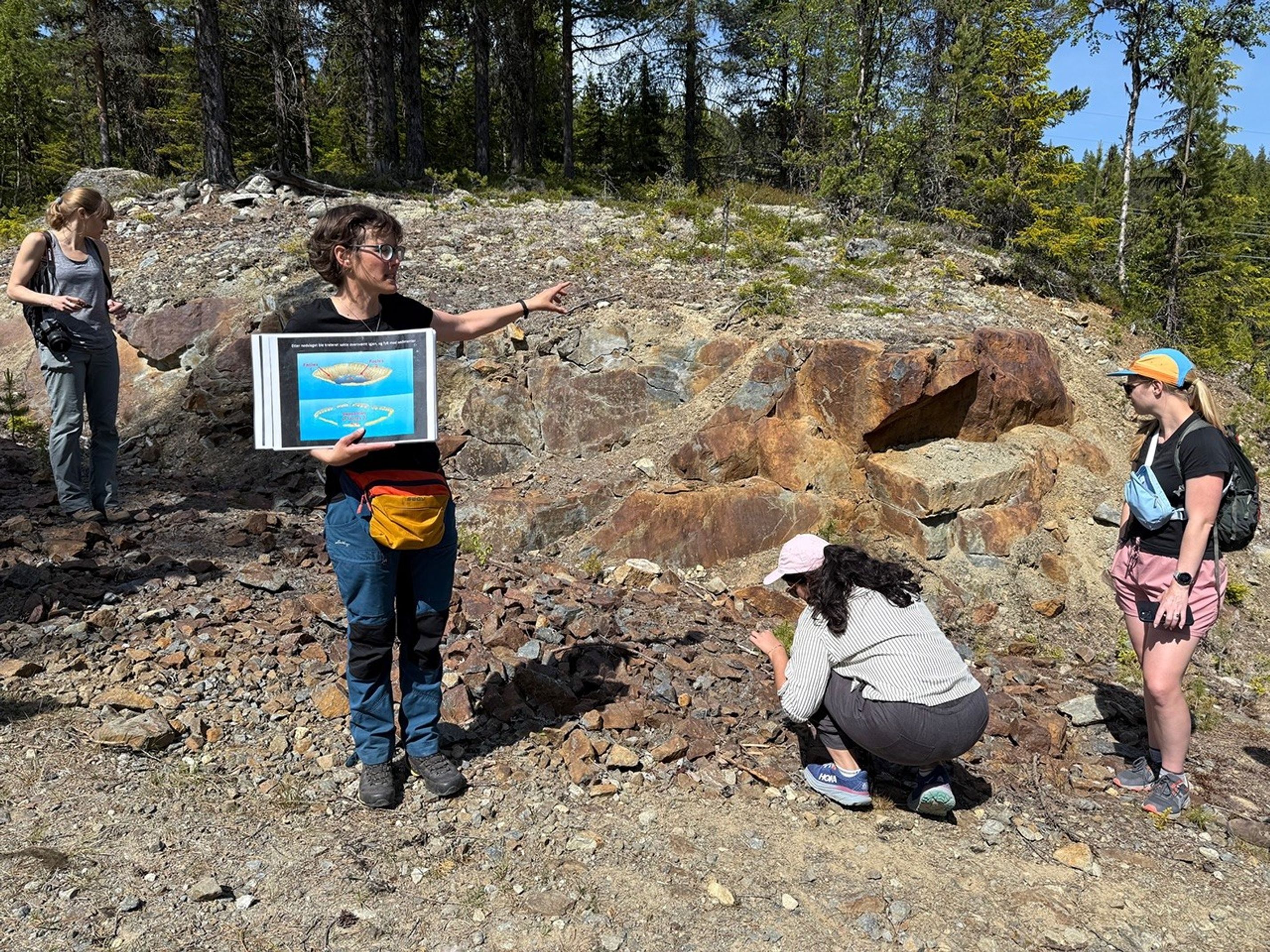Some days just give me goose bumps. First, looking at yesterday's plan I realized that we did something really unusual overnight: Wrap up the drill activity on one site and start the drill activities on the next in the same sol.
Image taken by the Front Hazard Camera on Sol 2381 (2019-04-18 14:51:13 UTC). It shows the rover in its new position at target "Kilmarie," which is on the small triangular block in the center of the field of view.
Some days just give me goose bumps. First, looking at yesterday's plan I realized that we did something really unusual overnight: Wrap up the drill activity on one site and start the drill activities on the next in the same sol. As reported yesterday, we said Good-bye to "Aberlady," and we turned the rover to "Kilmarie," our next drill target. The two targets are just 80 centimetres away from each other.
But that was not the only thing that made the day special. On some days we start planning just before the MRO (Mars Reconnaissance Orbiter) data downlink is due to deliver the data that we need for planning. Today was such a day. Seeing the data arrive, displaying them the moment they show up, and discussing what we see immediately after the data reached us, is one of the most exciting moments of such a planning day. But there wasn't much time to think about emotions, because we were looking at the next step of the drill activity and needed to assess the options on the block we had just successfully bumped to.
Discussions started immediately, and a sol full of activities was planned. The sol plan begins with the preload test on the "Kilmarie" target drill candidate. This is to see if the rock will withstand the pressures during drilling. MAHLI images document the outcome of the test. If successful, drilling will follow. The next activities in the plan include two LIBS ChemCam activities and accompanying Mastcam documentation images on the targets "Udny Green" and "Green Craig." They are both targeting the pebbly materials as we need to understand its composition better, especially if all of the material has the same chemistry, or what the differences might be. The rover is then set to be busy overnight with an APXS on the "Kilmarie" target, getting two slightly offset measurements to characterize the composition of our new drill target candidate.
Written by Susanne Schwenzer, Planetary Geologist at The Open University
































